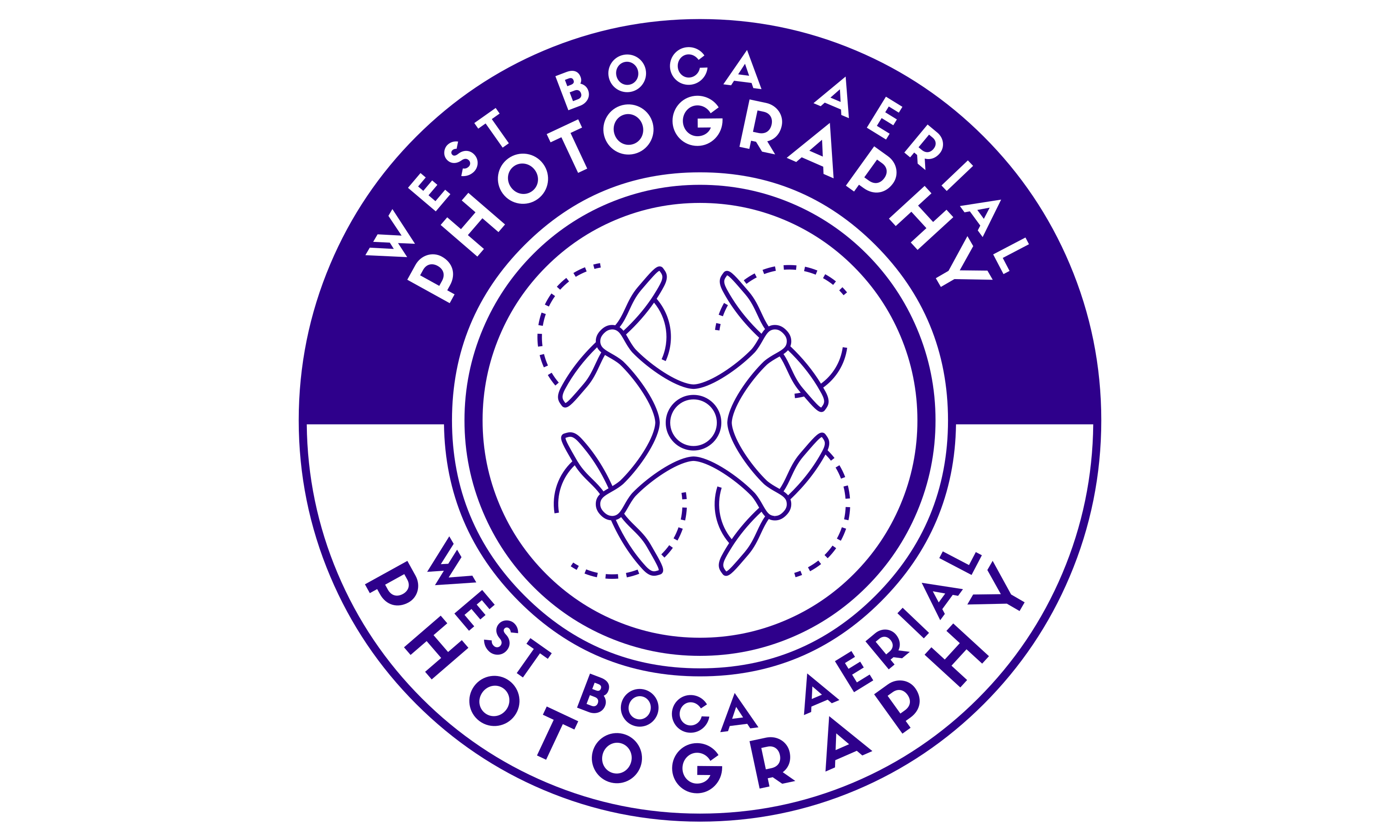Aerial photography plays a crucial role in environmental conservation efforts. By capturing high-resolution images from the air, aerial photographers can provide valuable data and insights that help scientists, researchers, and policymakers make informed decisions about protecting the environment.
One of the key advantages of aerial photography is its ability to cover large areas quickly and efficiently. Instead of having to trek through difficult terrain or navigate dense vegetation on foot, aerial photographers can take to the air and capture images of vast swaths of land in a fraction of the time. This capability is especially valuable in remote or inaccessible areas where traditional methods of data collection are impractical.
Aerial photography also provides a unique perspective that is not possible from the ground. By taking to the skies, photographers can capture stunning images that show the landscape from above, revealing patterns and features that are not visible from the ground. This bird’s eye view allows researchers to gain a better understanding of the lay of the land and how humans are impacting the environment.
One of the most common uses of aerial photography in environmental conservation is monitoring and mapping land use changes. By comparing images taken at different points in time, researchers can track deforestation, urban sprawl, and other changes to the landscape. This information is invaluable for identifying areas that are at risk and developing strategies to protect them.
Aerial photography is also used to monitor wildlife populations and habitats. By capturing images of animals from the air, researchers can estimate population sizes, track migration patterns, and identify potential threats to endangered species. This information is vital for developing conservation plans and protecting biodiversity.
In addition to monitoring land use and wildlife, aerial photography is also used to assess the health of ecosystems. By analyzing images of vegetation and water bodies, researchers can identify areas that are suffering from pollution, erosion, or other environmental stressors. This information can help guide restoration efforts and ensure that ecosystems remain healthy and resilient.
Overall, aerial photography plays a critical role in environmental conservation by providing valuable data and insights that inform decision-making processes. By capturing high-resolution images from the air, aerial photographers can monitor land use changes, track wildlife populations, and assess the health of ecosystems. This information is vital for identifying areas that are at risk and developing strategies to protect them. As technology continues to advance, aerial photography will likely play an even bigger role in environmental conservation efforts in the future.
************
Want to get more details?
West Boca Aerial Photography
https://www.wbaerialphoto.com/
Boca Raton, United States
Embark on a bird’s eye view adventure with WBAerialPhoto.com! See the world from a whole new perspective and discover stunning landscapes like never before. Stay tuned for an exciting glimpse into the beauty of aerial photography.
